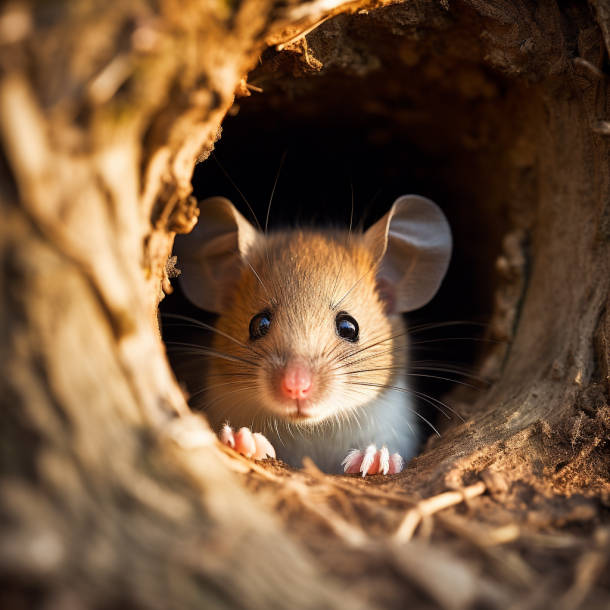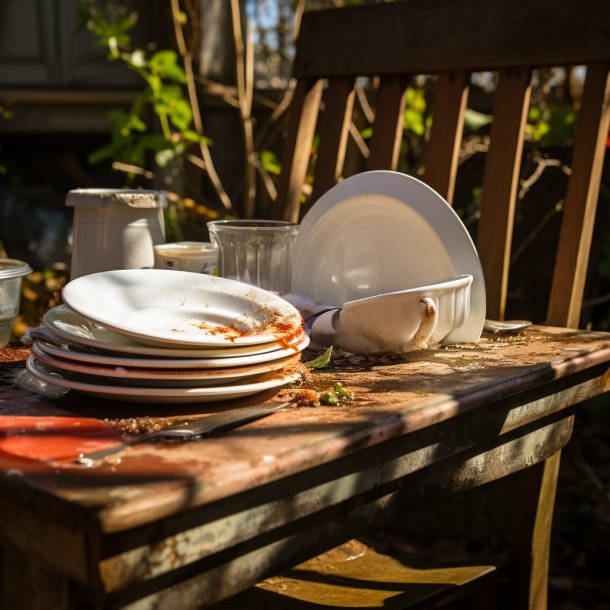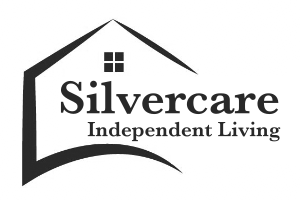Simple Pest Management
Taking the Stress Out of Pest Control
An essential part of independent living and home maintenance is pest management. Pests not only cause nuisance and damage but can also pose a significant health risk. By understanding common pests, making an effective prevention plan, and taking steps to protect any pets, you can create a safer, cleaner, and more comfortable home environment.
Key Takeaways
Know Your Pests: Understanding common pests can inform your management strategies.
Prevention is Key: Maintain a clean home and seal potential entry points to deter pests.
Pet Safety Matters: Always check pest control products for pet safety and store them securely.
Pest Control is Ongoing: Regular inspections and preventive actions help maintain a pest-free home.
Identify Common Pests
The first step to any successful pest management plan is identifying the culprits. Pests are usually characterised by the damage they cause or their distinct traits.
Rodents: Mice and rats are infamous for carrying diseases and causing structural damage to homes. They gnaw through wires, insulation, and even wood, causing potential fire hazards and weakening your home’s structure.
Insects: This group includes ants, cockroaches, bed bugs, and termites. They range from being minor annoyances to posing serious threats to your property. Termites, for instance, can cause structural damage if left unchecked.
Spiders: While most are harmless, certain species can be dangerous and pose a health risk.
Marsupials: This group primarily includes possums, which may cause damage to your garden or property. These creatures can be quite destructive if they decide to take up residence in your home or garden.


Building a Prevention Plan
Prevention is always better than cure, especially when it comes to pest control. Keeping your home clean, particularly the kitchen and bathroom is the first step as food debris and excess moisture can attract a variety of pests.
Also, physical barriers can be an effective pest control measure. Seal entry points like cracks, holes, or gaps to prevent pests from infiltrating your home. Regularly manage your rubbish by ensuring it is sealed and emptied frequently to deter pests.
Implement proactive measures like traps and safe poisons to prevent the pests from multiplying. However, always ensure any methods used are safe for the larger environment and any pets in your home.
How to Keep Your Own Pets Safe
If you’re a pet owner, their safety is a key concern during any pest management strategy. Always check the labels of pest control products to ensure they are pet-safe. If using traps or poison, ensure they are strategically placed in areas your pets can’t access. Store all pest control products securely and out of reach of your pets.
Pest management is an ongoing process, not a one-time activity. Regular inspections, coupled with proactive and preventive techniques, can help maintain a pest-free home, contributing to a cleaner, safer living environment.

